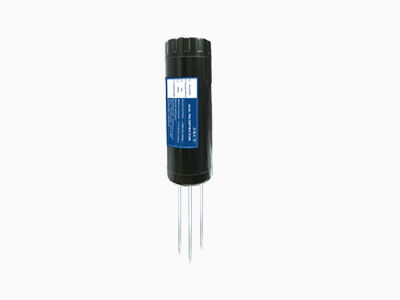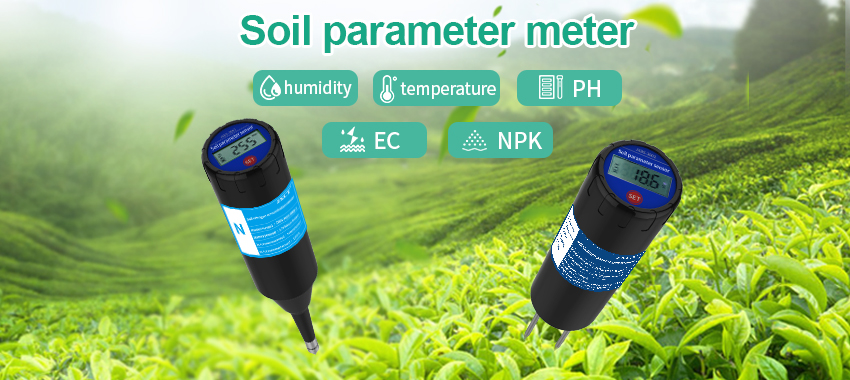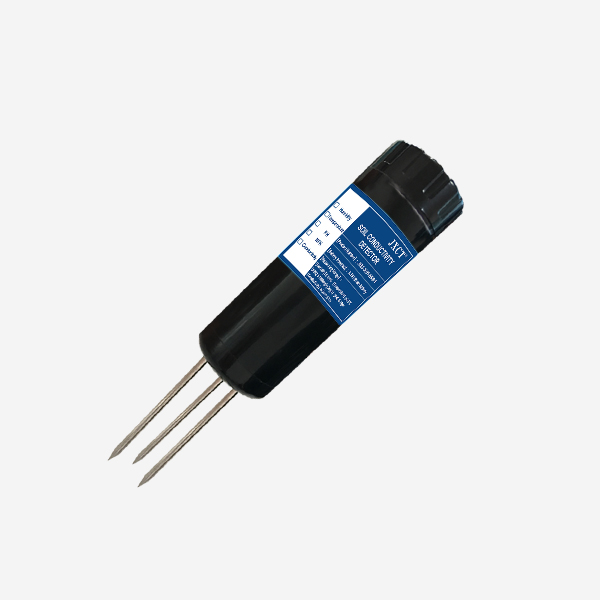Precision farming, also known as precision agriculture, is a modern farming approach that utilizes advanced technologies to optimize crop production and resource management. One key component of precision farming is the use of soil sensors, which provide valuable insights into soil conditions. By harnessing the power of soil sensor data, farmers can make informed decisions about irrigation, fertilization, and other agronomic practices, leading to improved yields, resource efficiency, and sustainability. This article explores the significance of precision farming in optimizing crop yield, delves into the role of soil sensors in this process, and highlights the benefits and challenges associated with their implementation.

The Need for Precision Farming:
With the world’s population projected to reach 9.7 billion by 2050, the demand for food is steadily increasing. To meet this demand, farmers must maximize crop yields while minimizing resource usage and environmental impact. Traditional farming methods often rely on uniform application of inputs, such as water and fertilizers, without considering the variability in soil conditions across fields. This approach can lead to overuse or underuse of resources, resulting in reduced yields, increased costs, and environmental degradation. Precision farming offers a solution by allowing farmers to tailor their practices to the specific needs of each field, thus optimizing productivity and sustainability.
Understanding Soil Variability:
Soil conditions can vary significantly within and across fields due to factors such as soil type, topography, and historical management practices. These variations directly impact crop growth, nutrient availability, and water-holding capacity. By understanding and managing this variability, farmers can unlock the full potential of their crops. Soil sensors play a crucial role in capturing real-time data on soil properties, enabling farmers to make site-specific decisions that maximize yield and minimize resource waste.
The Role of Soil Sensors:
a. Moisture Sensors: Soil moisture sensors measure the water content in the soil, providing real-time information on soil hydration levels. This data helps farmers optimize irrigation practices by ensuring that crops receive adequate water without overwatering or wasting resources. By deploying moisture sensors at different depths, farmers can monitor soil moisture profiles and make precise decisions about irrigation timing and volume. This targeted approach prevents water stress, improves water-use efficiency, and promotes healthier crop growth.
b. Nutrient Sensors:
Nutrient sensors measure the concentration of essential nutrients in the soil, such as nitrogen, phosphorus, and potassium. These sensors provide farmers with valuable insights into nutrient availability and uptake by crops. By continuously monitoring nutrient levels, farmers can adjust fertilizer application rates and timings to match crop requirements. This targeted approach minimizes fertilizer waste, reduces nutrient runoff, and promotes efficient nutrient utilization, leading to improved yields and environmental sustainability.
c. pH Sensors:
Soil pH sensors measure the acidity or alkalinity of the soil. Soil pH directly affects nutrient availability and microbial activity, which are crucial for crop growth. Different crops have specific pH requirements for optimal nutrient uptake. By monitoring soil pH, farmers can identify pH imbalances and take corrective measures, such as applying lime or sulfur, to adjust soil acidity or alkalinity. Maintaining proper soil pH creates an ideal growing environment for crops, enhancing nutrient availability and overall crop health.
d. Temperature Sensors:
Soil temperature sensors measure the temperature at various depths within the soil profile. Soil temperature influences seed germination, root growth, and microbial activity. By monitoring soil temperature, farmers can make informed decisions about planting times, crop selection, and irrigation scheduling. This data-driven approach optimizes crop management practices based on real-time temperature data, resulting in improved crop performance and yield.

Benefits of Precision Farming with Soil Sensors: a. Enhanced Productivity: Precision farming with soil sensors enables farmers to optimize their agronomic practices, resulting in increased crop yields. By tailoring inputs such as water, fertilizers, and pesticides to the specific needs of each field, farmers can provide optimal growing conditions for their crops. This precision approach minimizes resource waste and maximizes productivity.
b. Resource Efficiency: Soil sensors enable precise resource management by providing real-time data on soil conditions. By monitoring moisture levels, nutrient concentrations, pH, and temperature, farmers can make informed decisions about irrigation, fertilization, and other inputs. This targeted approach reduces resource wastage, conserves water, minimiz
